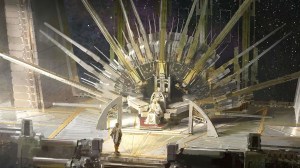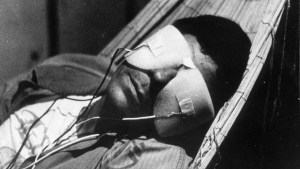Spider-Man’s “Clone Saga” was Marvel’s attempt at replicating the success they had with X-Men: Age of Apocalypse. The event was also a way to give the hero a version of events like The Death of Superman and Batman: Knightfall. The resulting crossover drew on Spider-Man’s past to revive the original Clone Saga with Jackal as the main villain. Peter Parker’s entire existence was brought into question, and the clone, going by the name Ben Reilly, claimed to be the real Peter Parker. It had the promise of those other events from Marvel and DC, and hoped to cement the hero’s popularity and cultural status. Unfortunately, the final product ended up being a drawn-out slog across two years that didn’t quite live up to expectations. The “Clone Saga” ended far from its origins, with the Jackal buried, Norman Osborn back from the dead, and the original Spider-Man back in costume.
Videos by ComicBook.com
Spider-Man’s “Clone Saga” was long considered the “worst” Spider-Man story, until the release of “One More Day“. That crossover also made bold moves to return the hero to the status quo and also landed flat with frustrated fans. Now, two decades later, it’s worth taking another look at the “Clone Saga”. In retrospect, many of the parts of the event stick the landing and still resonate in today’s stories. As it turns out, there may be more to love about the event than there is to hate.
Ben Reilly/Scarlet Spider
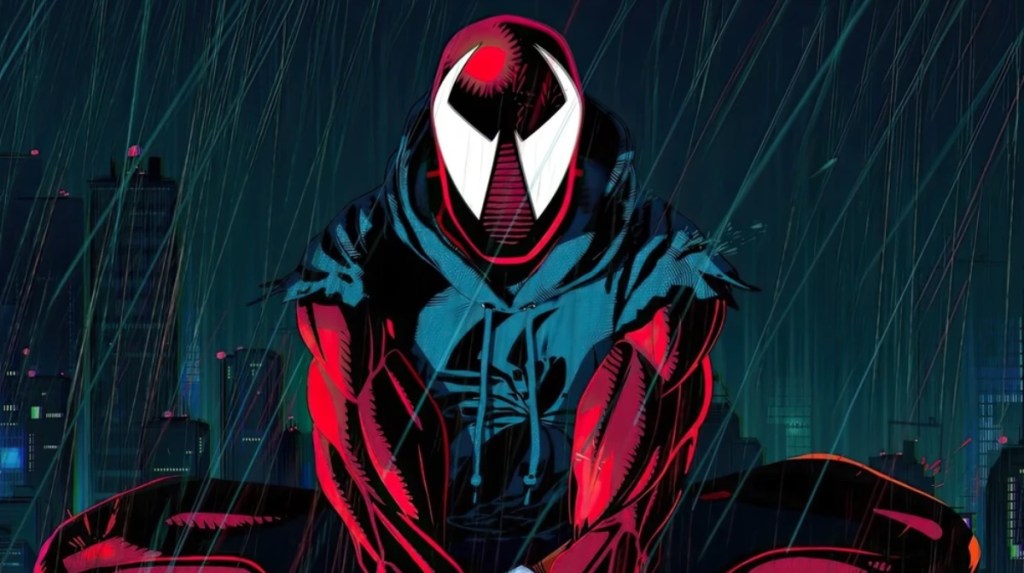
While he shed most of his heroic tendencies with recent appearances, Ben Reilly was originally positioned as the real Spider-Man and the spark returning from the “Clone Saga”. Positioned as the original clone that somehow survived the close of 1973’s Amazing Spider-Man #149, he resurfaced in 1994 as the Scarlet Spider and kicked off the “Clone Saga”. He would soon become the real Spider-Man, with a fresh new costume to go with the title.
Reilly was dead and disintegrated a year later after he was revealed to be a clone after all, with Norman Osborn manipulating the entire saga. He eventually returned, as many comic book characters are known to do, and turned villainous. But during his time as the real Spider-Man, he was great. The Scarlet Spider costume was simple but effective for the character, while his new Spider-Man suit still stands as one of the best. If you’re a fan of the Spider-Man video games on PlayStation, you have to tip your cap to Reilly’s costume. Compared to other replacements, like Jean-Paul Valley’s Batman or the Reign of the Supermen, Reilly fits perfectly as a replacement for Peter Parker, and he earns the moniker several times throughout the event.
Kaine
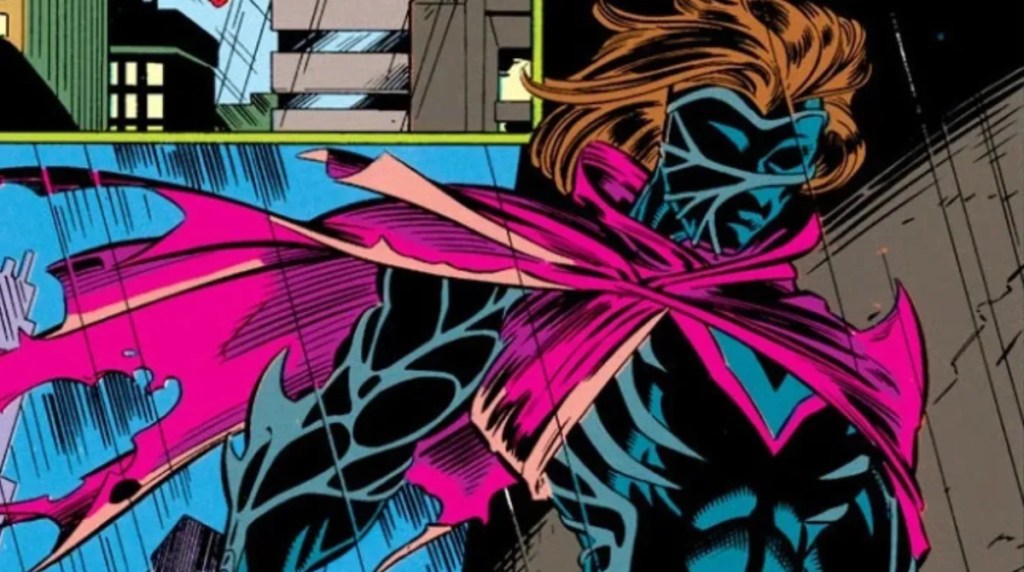
Similar to Ben Reilly, Kaine is the darker, heavily scarred, original failed clone of Spider-Man. His powers grew beyond Peter Parker’s, enhancing some powers like wall crawling into the burning “Mark of Kaine,” all the result of mutations tied to his failed cloning. Where Ben Reilly was a perfect clone, Kaine’s failure lends to his major differences from the other Spider-Men. He would wear a shadowy costume far from anything Spider-Man related, almost existing as a phantom battling through the night like a darker, mirror version of Spider-Man. He was also quite insane during the “Clone Saga”.
Kaine returned later in the comics, taking up more of a heroic mode. He takes this dark shadow of Spider-Man role to another level by taking the mantle of the Scarlet Spider. Kaine also becomes more of a hero, even playing a big part in the Spider-Verse stories. The character is also responsible for a major death that still stands out today.
Dr. Octopus’ Sacrifice and Lady Octopus
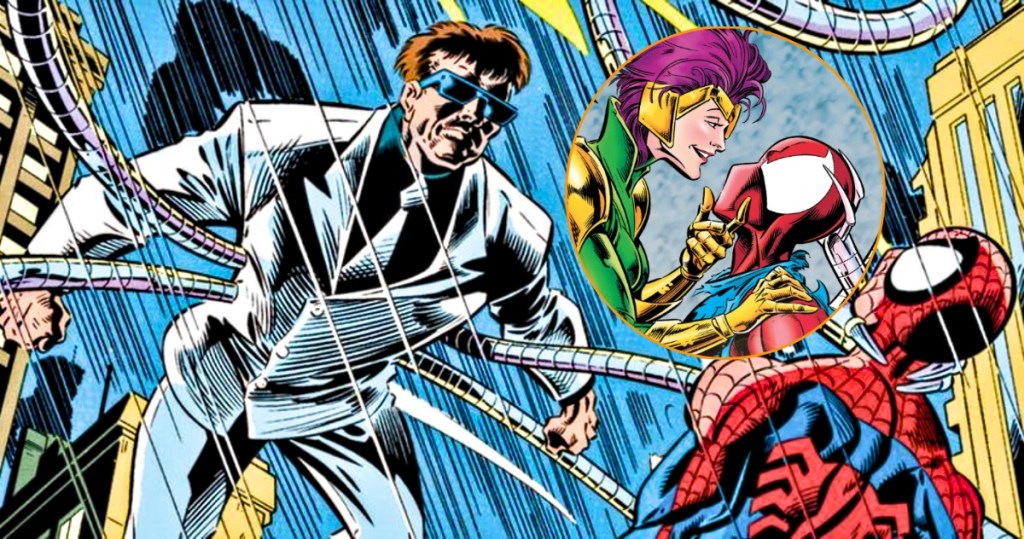
One of Kaine’s most high-profile victims was the original Doctor Otto Octavius. The multi-armed supervillain actually dies shortly after saving Peter Parker’s life, curing him of a poison injected by the Vulture. Doc Ock still dies a bad guy in the end, crafting plans to use Spider-Man’s secret identity against him. It might be why Kaine has no issue killing the good doctor, hitting him with the mark of Kaine, and leaving him to die.
[RELATED – A Spider-Man Clone Makes His Ultimate Universe Debut (But With a Twist)]
Octavius would remain dead until Amazing Spider-Man #427, where he was revived by The Hand and had no knowledge of the information that readers were privy to at the time. Before that, Carolyn Trainer took over the mantle left by Doc Ock, taking over for the villain until his return.She wasn’t as effective as Octavius, she did bring some different energy to the role.
Aunt May’s Death

Amazing Spider-Man #400 delivers on several levels, especially for those working hard to keep up with the story over the years. The biggest impact is the loss of Aunt May and the revelation that she’s always been aware Peter was Spider-Man under the mask. J.M. DeMatteis, the writer behind the classic Kraven’s Last Hunt, delivered the emotional issue, with art by Mark Bagley that packs a punch during the darkest moment of Peter Parker’s life at the time.
It wasn’t ambiguous, and Aunt May didn’t even attempt to beat around the bush with her demise. There wasn’t a great villain involved, or any retribution against Spider-Man motivating it. May died naturally and emotionally. She gave Peter her blessing to continue as Spider-Man and drifted off when her time came. “One More Day” would revive her and undo this emotional loss for the character, but it’s hard to deny that it is the most impactful death since the death of Gwen Stacy.
Mark Bagley/John Romita Jr.
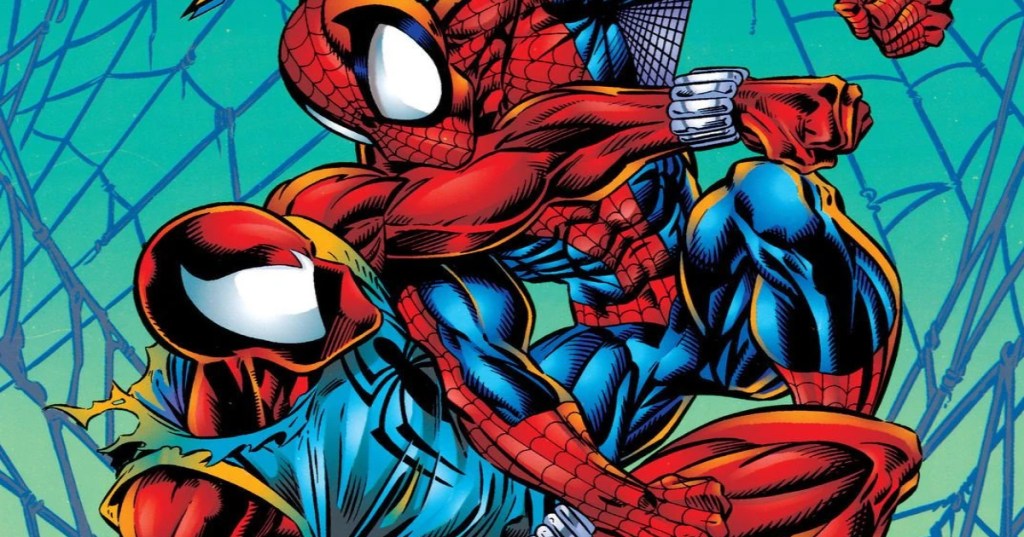
A big reason why we just can’t forget about the “Clone Saga” and the bright spots within lies with the artists working on Spider-Man at the time. Mark Bagley joined the Spider-Man books earlier in the 90s, quickly establishing himself as one of the top artists to ever draw the web-slinger. Catching his issues was a must during the “Clone Saga”, mostly just to see how many poses Spider-Man can do during any random story.
Elsewhere, John Romita Jr. perfected his Spider-Man and set the stakes for his work to take off in the 2000s. Romita wasn’t fresh to the industry or anything, having been involved in Spider-Man in the past alongside his father, but his work on the self-titled Spider-Man book from the 90s helped to expand his Marvel work and gave a boost to the web-slinger in the years after the Clone Saga.
The art was key at the time and could draw an audience in just as well as any foil embossed cover. The art helped lift the must-read status of Spider-Man books at the time, with the dedicated creative teams across each Spider-Man title making their case to continue drawing the hero. Next to Bagley and John Romita Jr., there was also Tom Lyle, who took over the Spider-Man series launched by Todd McFarlane during Maximum Carnage and continued into the “Clone Saga”. While the plot would get muddled and lost, the art was always strong.
Romita would leave and return several times after this, even taking his talents to DC after his incredible 2000s Marvel run. Bagley would continue to make his mark with Spider-Man as the main penciler for the original Ultimate Spider-Man with Brian Michael Bendis. While many others have come and gone, the Clone Saga helped define Spider-Man’s look for decades.
Have you re-read any of the Clone Saga in recent years? Do you agree that it deserves slightly more love than it has received? Let us know in the comments.





